Probably everyone knows the answer to such a simple math addition question as ’10+2=?. In the complex import regulatory world of the United States, however, the answer to the term “10+2” is not as simple as it seems. It is, in fact, the much more recognized and commonly referred to as the Importer Security Filing requirement introduced by the U.S. Customs and Border Protection (CBP) officially in 2009.
Continue reading to discover more about the Importer Security Filing, its meaning, filing options, and process, as well as the significance of ISF and the related financial impact and enforcement.
Table of Contents
1. Understanding Importer Security Filing (ISF)
2. ISF filing options and processes
3. Significance of ISF
4. Financial and legal implications of ISF filing
5. Ensuring secure compliance
Understanding Importer Security Filing (ISF)
What is ISF?
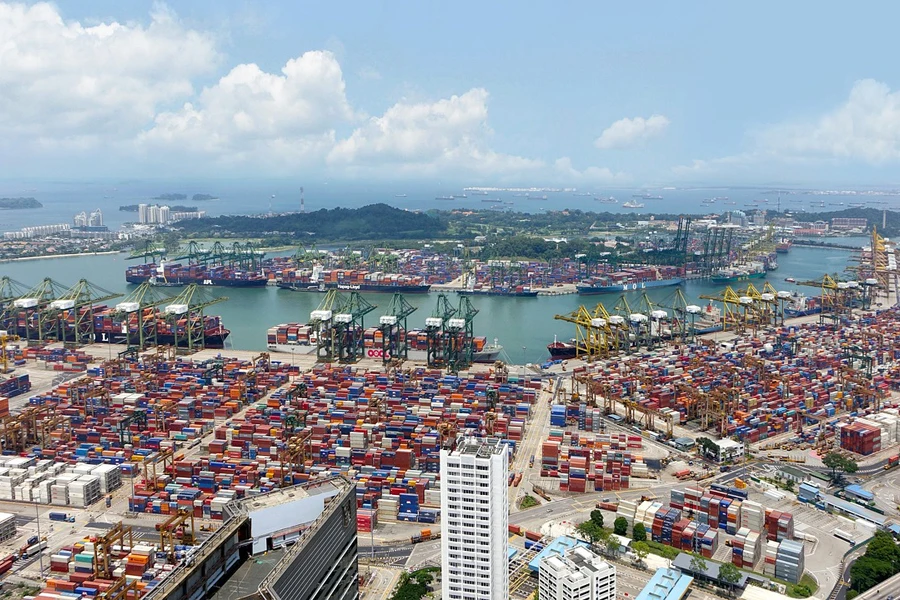
Established under the SAFE Port Act of 2006 and the Trade Act of 2002 of the United States, the ISF was not implemented until January 26, 2009. To enhance import security, the 10+2 rule was mandated by the U.S. Customs and Border Protection (CBP) to collect advance importing cargo information and shipping details for ocean freight; this requirement is not applicable to any cargo entering the United States by other transportation modes.
The term ISF is more commonly known as 10+2 due to the requirement of ten data elements to be submitted by the importers and two additional data elements required to be submitted by the carriers. It’s important to note that while the ISF mainly applies to U.S.-bound cargo—which means cargo being sent directly to a U.S. destination—it is also applicable to transit cargo, which includes any cargo transiting, passing through, or stopping by the U.S. as part of their journey. For such transit cargo, the ISF requirement is less stringent, requiring only 5 data elements instead of the 10 required for U.S.-bound cargo.
ISF-10 and ISF-5 data elements overview
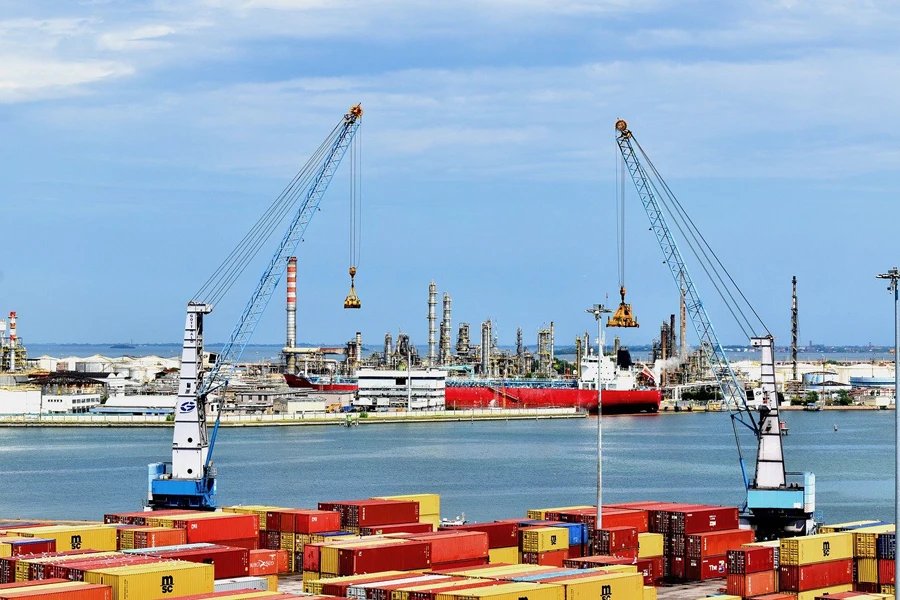
The term ISF-10 refers to the 10 specific data elements that must be submitted 24 hours prior to loading, meaning when the cargo is still in the departure country. Detailed breakdown of these 10 data elements are as follows:
1) Importer of Record Number: Typically, this can be a tax identification number (the IRS number), an Employer Identification Number (EIN), or a Social Security Number (SSN). It serves as a unique identifier that can help identify the importer—the party responsible for payment of all duties and compliance with import regulations.
2) Consignee Number: Similar to the Importer of Record Number, this can also be a tax ID, EIN, or SSN, to identify the consignee who acts as the recipient of the shipment.
3) Seller (Owner) name/address: The name and address of the seller or owner of the shipments, representing the entity responsible for selling the goods.
4) Buyer (Owner) name/address: The name and address of the buyer or owner of the goods being received, representing the ultimate possession rights.
5) Ship to Party: The name and address of the party to whom the goods are being sent, usually the final destination.
6) Manufacturer (Supplier) name/address: The name and address of the entity that manufactured or supplied the goods, essential for tracking the origin of the cargo.
7) Country of Origin: The country where the goods were produced or manufactured, a vital piece of information for determining applicable duties and import regulations.
8) Commodity HTS-6: The 6-digit Harmonized Tariff Schedule (HTS) code is used in the U.S. to properly classify the goods being shipped for applicable tariff rates and import restrictions.
It’s worth noting that items 6-8 listed above must be provided as a single, cohesive line for each product or item listed in the shipment. This specific format ensures clarity and easy traceability. It is also common for the same entity to be listed for various required data elements. For example, the manufacturer and the seller (owner) may be the same entity.
All the above 8 data elements must be submitted 24 hours before loading the cargo on the vessel. However, the following 2 can be submitted as soon as possible, but no later than 24 hours before the actual arrival of the goods:
9) Container Stuffing Location: The locations where the goods are physically packed into the container. This does not refer to the specific positions where the goods are placed inside the container.
10) Consolidator (Stuffer) name/address: The name and address of the person or company responsible for packing the container.
Similar to ISF-10, the term ISF-5 is used due to the requirement of submitting 5 specific data elements for transit cargo, all of which must also be submitted 24 hours prior to loading. These 5 data elements include:

ISF-5 data elements:
1) Booking Party Name/Address: The name and address of the entity or individual that reserved the shipment space on the vessel.
2) Ship to Party: The entity or individual to whom the goods are being shipped, identifying the final destination of the cargo.
3) Commodity HTS-6: The 6-digit HTS code used in the U.S. is required for customs purposes.”
4) Foreign Port of Unlading: The port where the goods will be unloaded from the vessel.
5) Place of Delivery: The final destination where the cargo will be delivered, such as a warehouse, distribution center, or any other location designated by the consignee.
2 additional carrier requirements
Whether it is ISF-10 or ISF-5, the following two additional requirements must be fulfilled by the carriers:
1) Vessel Stow Plan: A document that provides the layout of the cargo on the vessel, indicating where each container is stored. This must be submitted not later than 48 hours after the vessel departs.
2) Container Status Message (CSM) Data: Information about the status of the container, such as its location and movement history. This data must be provided within 24 hours of creation or receipt.
Who needs to file ISF?
Naturally, It is the ultimate responsibility of the importer to ensure the ISF is filed completely, accurately, and on time. Importers here refer to the actual goods owner, purchaser, consignee, or their agents such as freight forwarders or licensed customs brokers.
Key parties involved in ISF filing

Since out of the 10+2 required data elements, 10 must be supplied by the importers while the other 2 must come from the carriers, apparently, both importers and carriers play critical roles in completing the ISF filing process. Generally, importers can be represented by authorized agents such as licensed customs brokers and freight forwarders through the granting of Power of Attorney (POA) to file the ISF information on their behalf.
ISF filing options and processes
First off, any importers who would like to submit the ISF-10 filing must first get ready with all the required information for a smooth submission. Cross-check the information provided by the seller and manufacturer, including the Country of Origin and the HTS Codes, to ensure accuracy.
Once the information is fully gathered and verified, importers can prepare to submit it electronically. The importers must decide on a few ISF filing options depending on their annual import frequencies and their operation scales, as the CBP only allows ISF to be submitted electronically through a CBP-approved platform or software. Detailed descriptions of these submission channels are explained as follows:
Approved platforms and licensed software

Examples of submission methods include the Automated Broker Interface (ABI), the Automated Commercial Environment (ACE) Manifest systems, and the ACE Portal developed by the CBP, as well as any other licensed customs brokers and third-party software.
Whether importers opt for self-submission or go through an agent such as a customs broker or a logistics provider, they can choose to complete the ISF filing via the ABI or ACE Manifest systems if they are handling more than 12 filings per year and submitting cargo manifests in addition to the required ten data elements. However, importers with a maximum of 12 filings or below 12 filings a year, can simply go for the ACE Portal, which is a simplified and user-friendly platform developed by the CBP to assist businesses in compliance.
Besides these official platforms, importers who prefer to have customs brokers or agents handle all ISF filing matters can also rely on the licensed software these agents use to complete the ISF filing.
Custom-developed software
Apart from the officially approved platforms and licensed software, some importers seeking deeper integration with their existing extensive and complex supply chains can also choose to develop their own software to interface directly with the CBP using Electronic Data Interchange (EDI). Existing ISF software solutions are also available for purchase in the market by large importers, offering customization opportunities for those with large volumes of data.
Significance of ISF

Security and compliance
The greatest importance of ISF is embodied in a few perspectives but mainly these three critical areas: security, cargo processing, and customs clearance. To say the least, the implementation of ISF has evidently helped CBP enhance its operations in terms of import security and improve compliance based on a study conducted by the U.S. Government Accountability Office (GAO) on the effectiveness of ISF on supply chain security, about 8 years after the inception of the ISF.
According to the GAO report, with enhanced enforcement actions such as ISF holds and liquidated damages imposed by ISF rules, the compliance rate for ISF-10 has increased from 95% in 2012 to almost perfect—99% three years later. CBP officials also reportedly indicated that the ISF rule data has empowered them with an enhanced ability to identify high-risk cargo.
Cargo processing and custom clearance
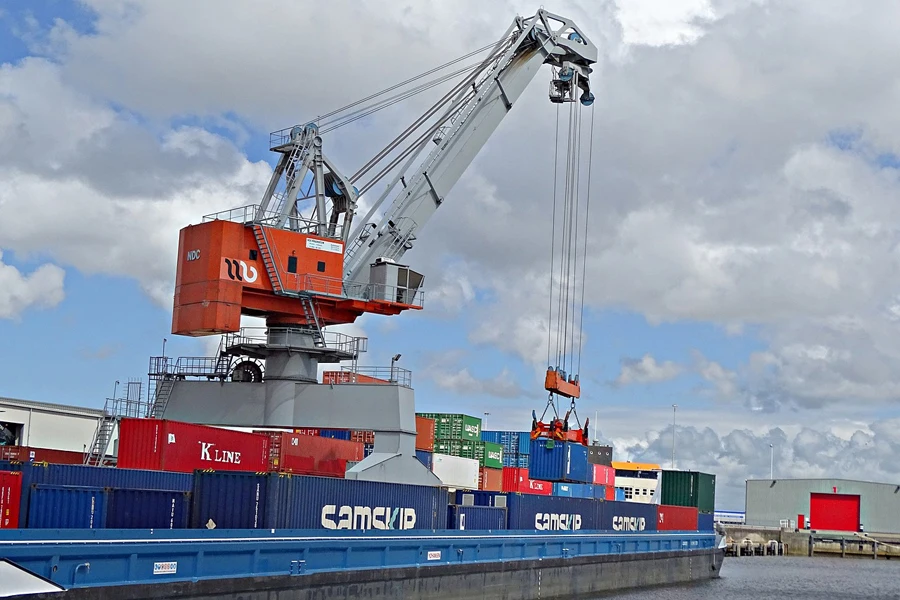
On top of that, the impact of ISF implementation on preventing customs delays and efficient cargo handling and processing is also significant. Through accurate and timely ISF submission, the movement of goods becomes streamlined, customs holds and delays are significantly avoided, and hence minimizing the disruption in supply chains, ensuring a smoother cargo process and thereby facilitating an overall more efficient freight movement.
In short, the ISF allows the CBP to better prepare for incoming goods, thereby reducing the likelihood of unexpected issues and ensuring that all necessary security measures and checks can be conducted and completed promptly. Overall, such a pre-emptive approach not only speeds up the customs clearance process but also improves the reliability and predictability of the entire supply chain, which is essential for both the importers and exporters.
Financial and legal implications of ISF filing
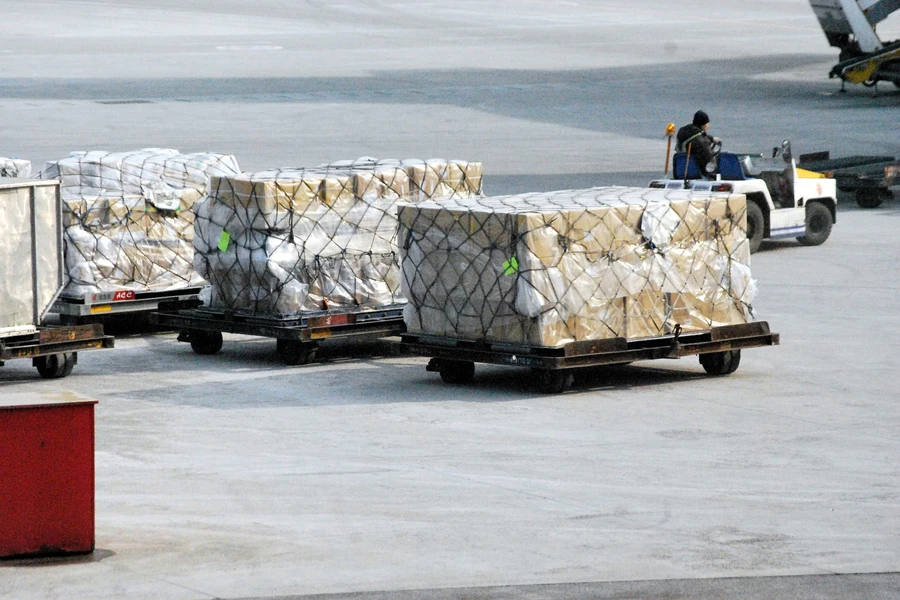
Significant financial consequences are imposed for non-compliance or errors in submission related to ISF filings, including amendments of ISF submission, which is allowed for updating information in view of ensuring accuracy and compliance. For example, each of the issues listed below can subject the filer to a liquidated damage payment of $5,000 to the CBP.
– Late ISF submission
– Inaccurate ISF submission
– First inaccurate ISF update
Indeed, the above-liquidated damages enforced by CBP are in line with some of the most common errors encountered in ISF filings: incomplete data, inaccurate data, and late filing, all of which can in fact be mitigated by adhering to timelines, ensuring data completeness and accuracy with thorough verification.
Meanwhile, in addition to the monetary impact above, any goods arriving in the U.S. without an ISF filing may be withheld for release or transfer by the CBP, or the CBP may deny a permit to unload the goods. Unauthorized unloading may hence result in cargo seizure. Noncompliant cargo might also be subjected to additional inspections upon arrival.
Ensuring secure compliance
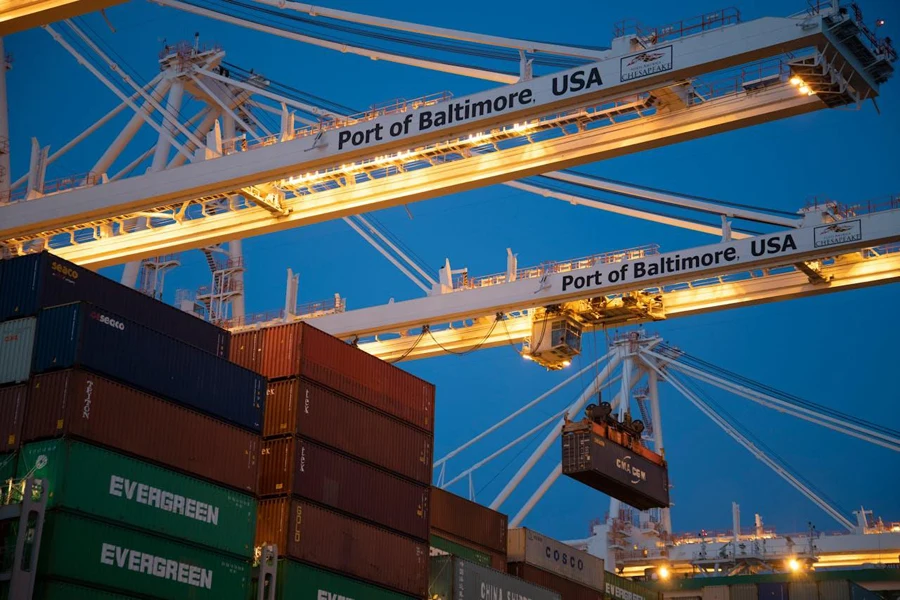
To conclude, the Importer Security Filing (ISF) requirement helps to gather importing cargo information and shipping details prior to their arrival in the United States. The “10+2” format refers to the ten data elements and the two additional data elements that both the importers and carriers are required to submit under the ISF rule.
Importers are tasked with filing ISFs, but they can also assign agents such as licensed customs brokers or logistics providers to submit ISF data on their behalf. Hence, aside from the importers, agents authorized through Power of Attorney (POA) are also key parties involved in ISF filing.
Prior to the submission of ISF data, importers must gather and verify the required information. They can then complete the filing process electronically either through the approved platforms provided by the CBP or the licensed software offered by their agents. They can also choose to develop or purchase customized ISF software to better integrate with their existing systems.
The primary significance of ISF lies in its role in helping the CBP ensure secure compliance from importers and global suppliers while also streamlining and optimizing the entire cargo processing and customs clearance process.
For a comprehensive suite of logistics knowledge and strategies as well as wholesale business techniques, visit Alibaba.com Reads often to begin your continuous search for industry excellence. Your next groundbreaking business idea is readily within reach.

Looking for a logistics solution with competitive pricing, full visibility, and readily accessible customer support? Check out the Alibaba.com Logistics Marketplace today.



